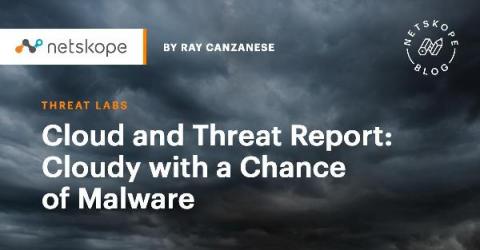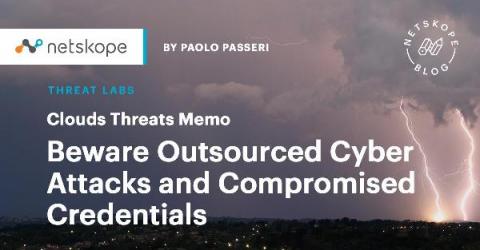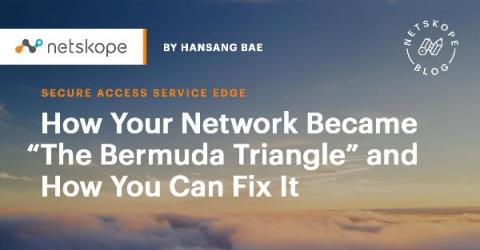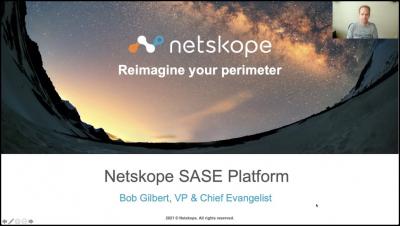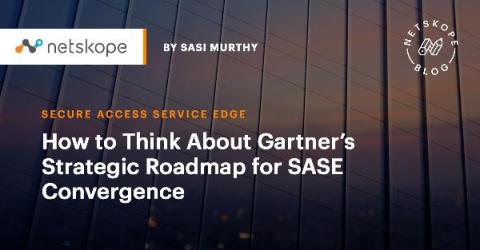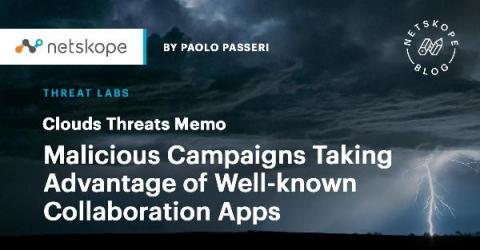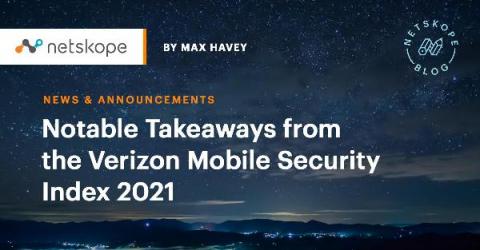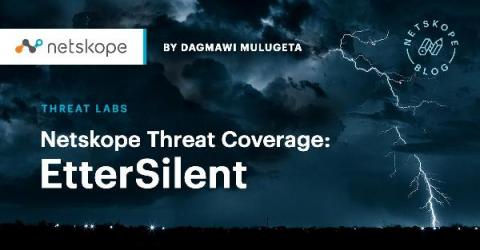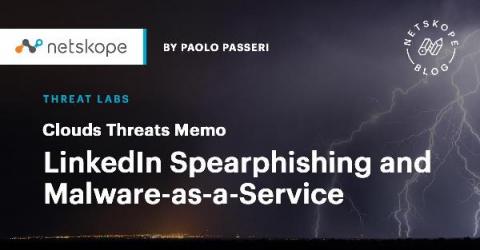Cloud and Threat Report: Cloudy with a Chance of Malware
Cybercriminals are increasingly abusing popular cloud apps to deliver malware to their victims. In 2020, more than half of all the malware downloads detected and blocked by the Netskope Security Cloud platform originated from cloud apps. Cloud apps are commonly abused to deliver Trojans, with attackers attempting to exploit the trust placed in the app used for delivery. Increasingly, cloud apps are also abused for next-stage downloads, with attackers attempting to blend in with benign traffic.


